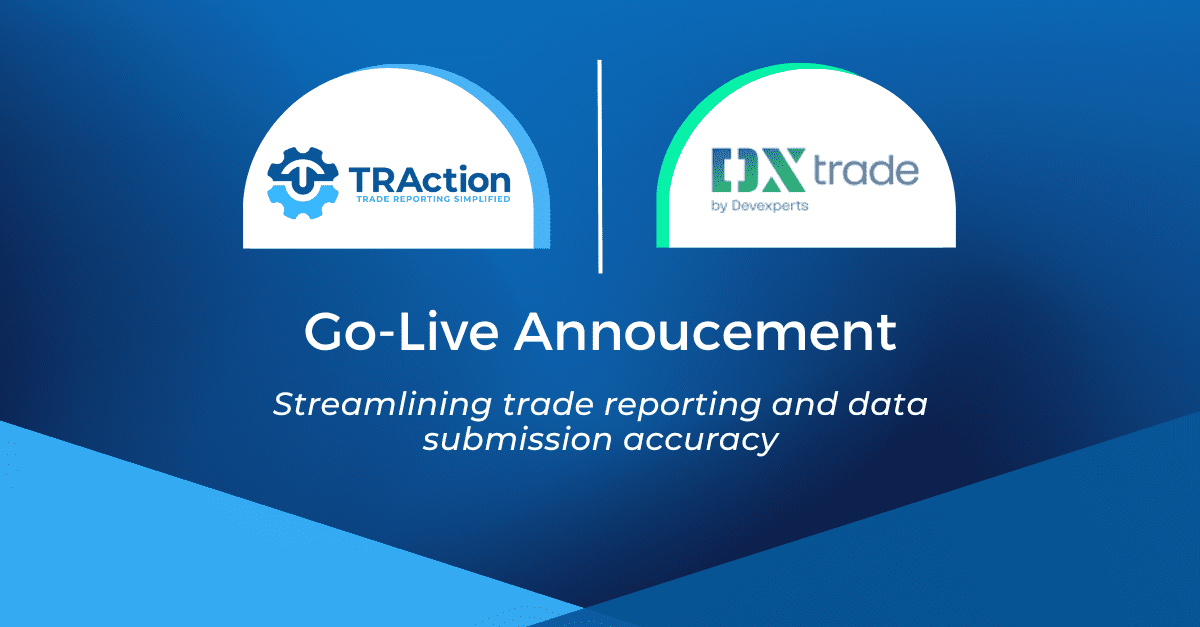There are two distinct financial instruments commonly referred to as “fractional shares”.
- An actual share that’s been split into a smaller unit.
- A derivative on a share where the value is smaller than the underlying share.
Reporting Obligations Summary
| EMIR | MIFIR | |
| Actual Fractional Shares | Not reportable since they are not considered as derivatives. | Reportable if the share trades on a trading venue. (TOTV). |
| Derivative Fractional Shares | Reportable in EU and UK. | Reportable if the underlying share trades on a trading venue (TOTV). |
While different structures are, from a commercial point of view, described as fractional shares,
ESMA has acknowledged the recent popularity instruments enabling investors to access fractions of shares by way of derivatives through online trading platforms. These instruments derive their value from the price of an underlying corporate share.
Actual fractional share
A fractional share is a partial ownership of a single share. It is less than one full share. Unlike the traditional approach where investors buy and sell complete shares, fractional shares enable individuals to own a fraction of a share, facilitating investment in high-priced stocks even with smaller amounts of capital.
Rather than purchasing an entire share valued at $100, investors have the option to designate a specific amount, such as $50, and acquire a corresponding fraction of the share, like 0.5 or 50%. The platform will then execute the purchases of the equivalent fractional share on behalf of the investor. Often the broker will hold the full share in their name under a custody arrangement and sell the other half to another investor.
Fractional shares are particularly popular in the context of online brokerage platforms and investment apps that offer features like dividend reinvestment or automatic investment of spare change.
A fractional share may also be created as a result of corporate actions such as stock splits, mergers and acquisitions, or dividend reinvestment plans:
- Stock Splits – A stock split happens when a company increases the number of its shares to boost the stock’s liquidity. A 3-for-2 stock split would create three shares for every two shares an investor owns, so an investor with an odd number of shares would end up with a fractional share after the split.
- Mergers and Acquisitions – Mergers and acquisitions (M&As) may create fractional shares where companies combine new common stock using a predetermined ratio. The ratio often results in fractional shares for shareholders.
- Dividend Reinvestment Plans – A dividend reinvestment plan (DRIP) is a program that allows investors to reinvest their cash dividends payouts into additional shares. As this amount “drips” back into the purchase of more shares, it is not limited to whole shares (thus fractional shares) of the underlying stock on the dividend payment date.
- Trust arrangements – Firms, such as stock exchange-listed FX and CFD brokers, have recently started adding fractional shares to their offerings in which they promise to protect clients’ investments in a separate custody account with the shares held in trust on the clients’ behalf. Under the trust structure, the client will essentially have a fiduciary right to the ownership benefits of a fraction of a whole share that they invested in through the firm’s direct acquisition of the whole share. For example, if a client invested and bought 0.5 of a share of ABCX, the firm will purchase an entire whole share of ABCX, holding 0.5 of it on the client’s behalf – the client will then have a fiduciary right to 0.5 of the economic benefits attributable to the whole share the firm is holding.
Derivative Fractional Shares
Fractional shares which are actually derivative instruments:
- allow investors to participate in the share performance of an issuer by way of a derivative instrument that tracks the share price but is available at a smaller amount.
- usually allow the investor to receive the economic benefits stemming from dividends, but normally do not carry voting rights.
- are not typically available on the open market, but rather through online brokerage platforms, which is a relatively recent practice.
For example, buying a 100th of a Microsoft share for $3 when the $300 per share price would be too large for the amount an investor would like to invest.
ESMA acknowledges this type of derivative fractional share in their public statement.




